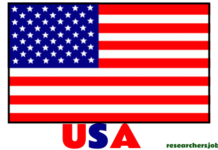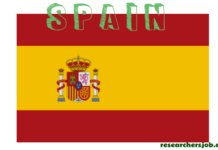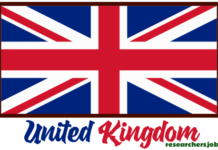Postdoc Position – 3D Embryonic Organoids: The European Molecular Biology Laboratory (EMBL) in collaboration with the Universitat Politécnica de Catalunya (UPC) invites applications for a Postdoc Position to investigate the self-organization of 3D embryonic organoids. The project, funded by MCIN/AEI/FEDER, UE, focuses on understanding the physical basis of morphogenetic potential during the early stages of mammalian development through agent-based simulations and continuum hydrodynamic models.
Designation: Postdoctoral Researcher
Research Area: Self-organization in multicellular systems, Multiscale physics of living systems
Location: EMBL Barcelona & Universitat Politécnica de Catalunya (UPC), Barcelona, Spain
Eligibility/Qualification:
- Biophysicist, soft matter physicist, or applied mathematician.
- Strong interest in tissue morphogenesis.
Job Description:
Postdoc Position – Self-organization of 3D Embryonic Organoids
The successful candidate will use agent-based simulation software, incorporating cell differentiation and mechanics, to simulate local cell interactions leading to polarized patterning and structure elongation in 3D embryonic organoids. The simulations will be complemented with continuum hydrodynamic models to bridge the gap between cellular and tissue scales. The project aims to inspire the design of new experiments to validate theoretical predictions.
Duration: 1 year (possible extension)
Deadline for Application: 31 January 2024
How to Apply: Interested candidates are invited to submit their applications to vikas.trivedi@embl.es or david.oricla@upc.edu, including:
- Curriculum Vitae (CV).
- Short letter describing prior research experience and current professional interests.
- Contact information of two references.
Note: The research will take place at EMBL Barcelona and UPC in Barcelona, Spain. The selected candidate will play a key role in advancing our understanding of tissue morphogenesis through innovative simulations and interdisciplinary collaboration.








